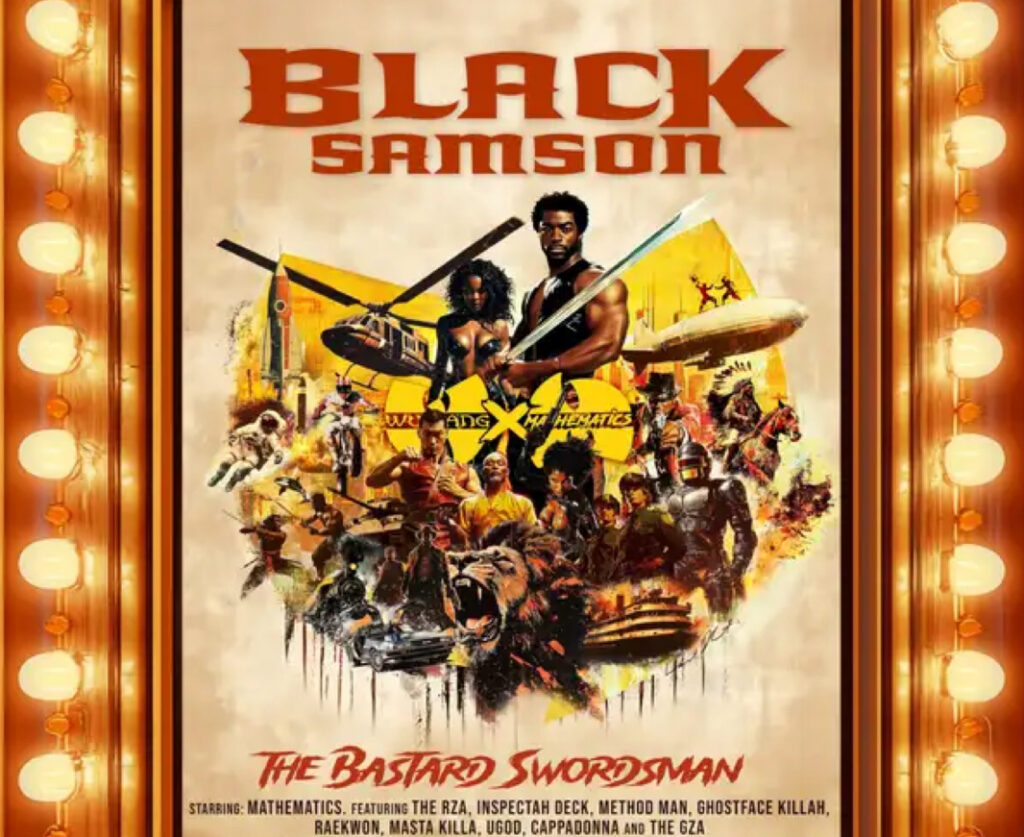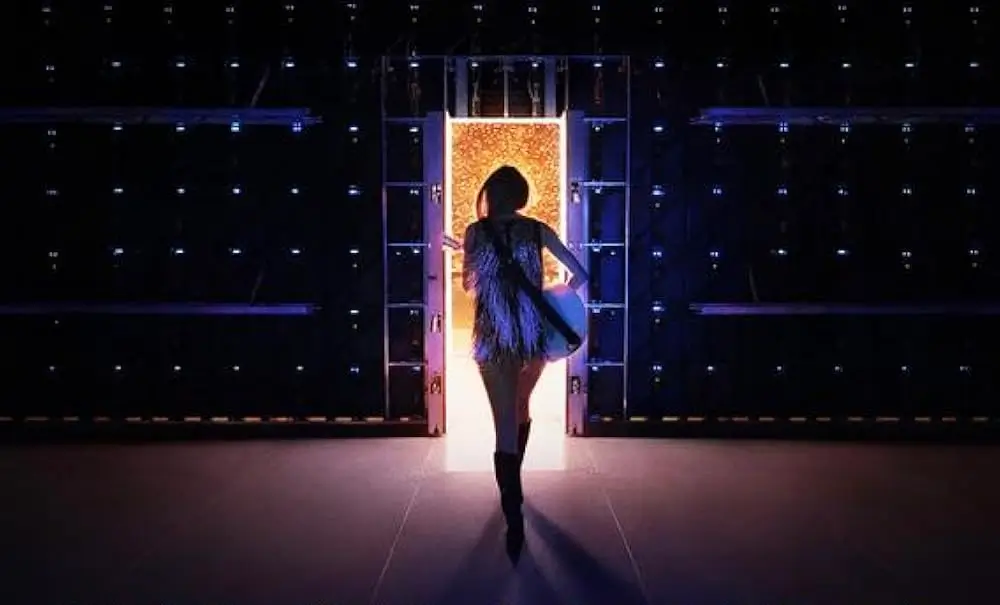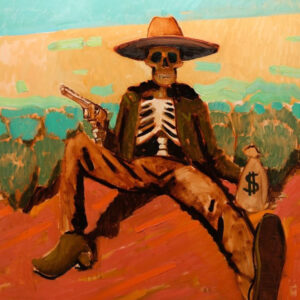There are rap groups. There are legends. And then there is the Wu-Tang Clan—nine generals from Staten Island who rewrote the book on what a collective could be. To speak of Wu-Tang is to invoke a mythology. Not just of beats and bars, but of chambers, kung fu flicks, five percent science, and code-of-honor brotherhood. In 2025, after three decades of echoes and solo spirals, Wu-Tang doesn’t need to release anything new. And yet here they are, roaring into the present with a new track—“Roar of a Lion.”
More than a song, it is a summoning. A ritual. A pulse sent down through the asphalt of Shaolin to remind the world: the Clan still lives, and it still stings.
The Sound of Teeth and Smoke
“Roar of a Lion” opens like a lost reel from a 1970s kung fu film—wind whistling, strings rattling, a monk’s voice intoning something cryptic. Then it hits: RZA’s production, layered in dust and distortion, drops like a guillotine. A low, guttural bass grinds beneath scattered snare cracks, and the beat has no interest in radio formatting. It moves like old wood creaking under spiritual pressure.
Enter the voice.
Ghostface Killah arrives first, wielding metaphor like brass knuckles:
“God-body robe draggin’ through temples of fire / Tongue cut like blade, I spit the scripture entire.”
Then comes Inspectah Deck, painting entire crime sagas in syllables. Raekwon follows, ice-cold and elegant, delivering imagery like he’s passing down ancient codes. U-God growls. GZA floats. And RZA, ever the orchestrator, steps in with a spoken-word break that feels halfway between prophecy and threat.
Each verse doesn’t just rap—it teaches, taunts, and tattoos.
Echoes of the 36th Chamber
“Roar of a Lion” doesn’t sound like 1993—but it doesn’t want to. Instead, it remembers 1993. It samples that energy, that spirit, and distills it through experience. This isn’t a throwback. It’s a reconsecration. A reminder of where the foundation came from—and how sacred it still is.
The beat shifts mid-track into something even more elemental: a brief piano loop echoes behind Method Man’s verse, and suddenly it’s Tical again. He’s sharper than ever, flipping cadences, dancing between growl and melody.
“I don’t tweet, I don’t trend—I transcend / Wrote scriptures in ash with the ghost of ODB’s pen.”
ODB’s presence, in fact, haunts the entire track. Not overtly. There are no impersonations. But in the spaces between bars, in the moments when chaos seems to ripple beneath the surface, he is felt.
Lion Symbolism and the Wu Ethos
The lion, in ancient lore, is not just power—it is judgment, sovereignty, and watchfulness. To roar is not simply to make noise, but to assert dominance without having to act. That’s what this track accomplishes.
Wu-Tang doesn’t need to prove itself anymore. They’ve already altered hip-hop’s DNA. But in a culture that often forgets its elders too fast, “Roar of a Lion” arrives as both a check-in and a correction.
It’s a reminder: there’s a difference between legacy acts and living legends.
What Wu-Tang Sounds Like in 2025
In a hip-hop landscape now dominated by algorithmic beats, digital polish, and streaming stats, “Roar of a Lion” is a raw artifact. It’s almost deliberately analog. You can hear the room in the recording. You can feel the vinyl hiss behind RZA’s loops. It’s mixed like it was meant to be played on cassette or buried in a bootleg DVD menu.
But even as it evokes old methods, it refuses to stagnate. Cappadonna delivers a verse rooted in post-pandemic paranoia. Mathematics provides a post-bridge breakdown with percussive tricks that feel influenced by drill—slowed just enough to fit Wu’s ancient tempo.
This isn’t nostalgia. This is evolution with its roots showing.
Not a Reunion—A Resurgence
Wu-Tang has never been about perfect alignment. Albums like 8 Diagrams or A Better Tomorrow have sometimes struggled to balance ambition with cohesion. But “Roar of a Lion” isn’t weighed down by that. It’s looser. Freer. A single track instead of a whole project—but one that feels more potent than many albums dropped this year.
And that’s the beauty. This isn’t a reunion for cameras. It’s a gathering for the art itself.
In recent years, the Clan’s name has become a kind of cultural shorthand—used on merch, in memes, even branded alcohol and scripted dramas. What “Roar of a Lion” does is return the focus to the music. Not as product. But as ritual. As breathing.
A Message to the Youth
Wu-Tang has always been intergenerational. Its best work teaches without preaching, using metaphor and mythology to pass down wisdom. This track is no different.
Lines like:
“You build on weak math, your palace gon’ fall / We cipher in silence, born divine through it all.”
…aren’t just dope bars—they’re warnings. To the younger generation. To the culture at large. To the world addicted to surface and spectacle.
Wu-Tang is reminding us that style without structure crumbles. That sound without substance fades.
Impression
For those who grew up on Enter the Wu-Tang (36 Chambers), this track might feel like a doorway re-opening. For new listeners, it might sound foreign—too rough, too coded, too slow. That’s fine. Not every roar is meant for every ear.
But what “Roar of a Lion” makes clear is that Wu-Tang is still capable of seizing the moment, bending it, and dropping it back on the world wrapped in philosophy and flame. Not for the charts. Not for the clout.
For the craft.
And that, in a world increasingly driven by noise, is the loudest roar of all.
No comments yet.








